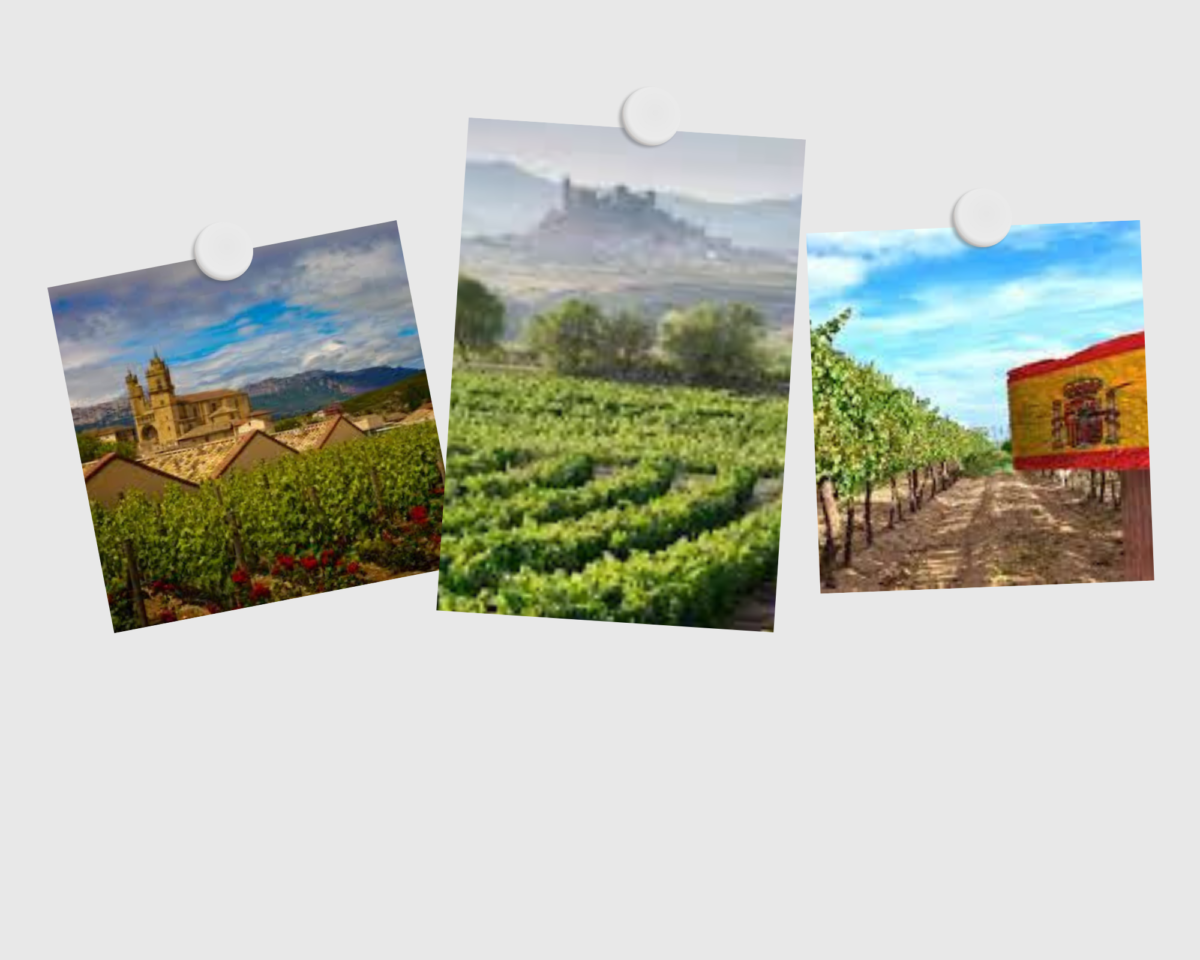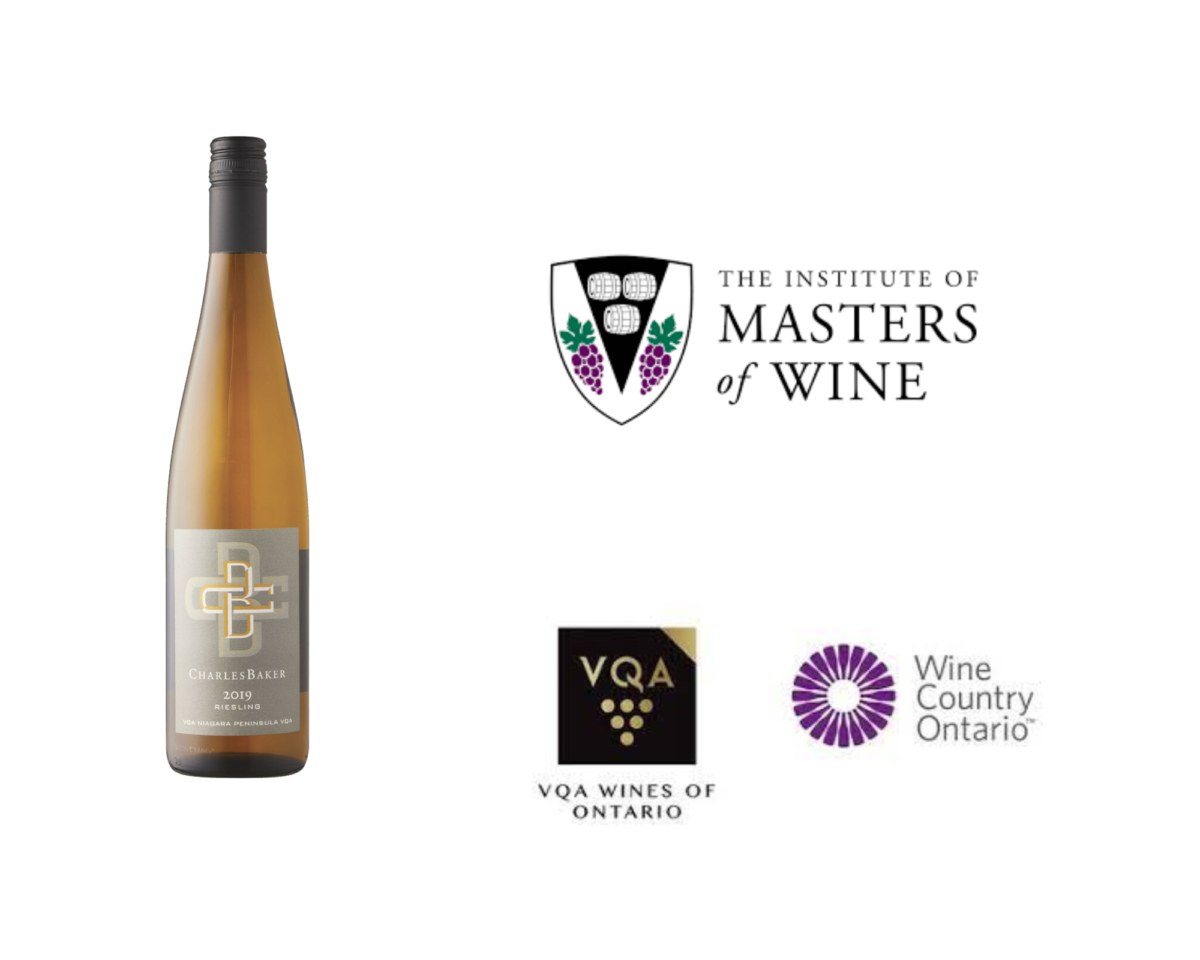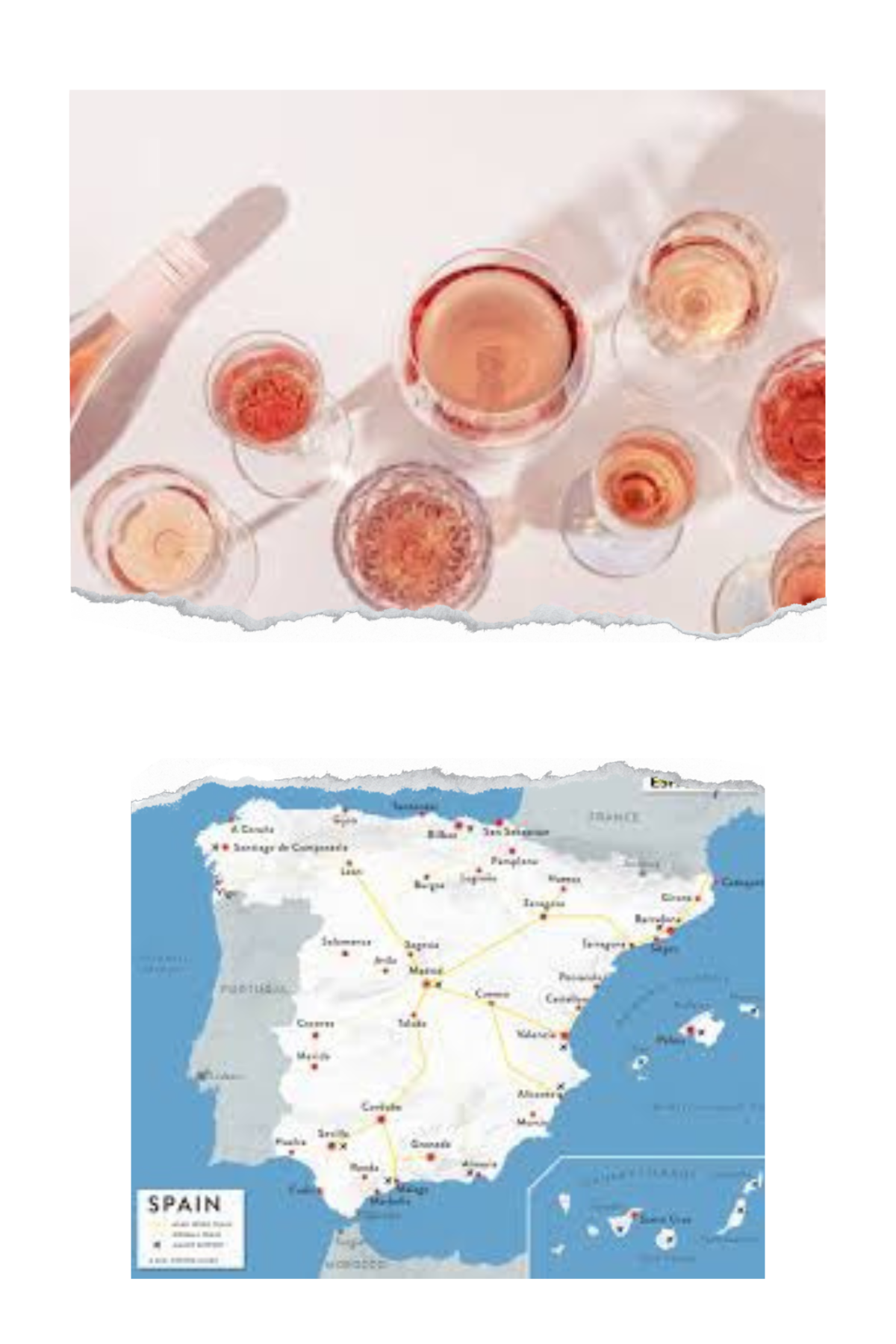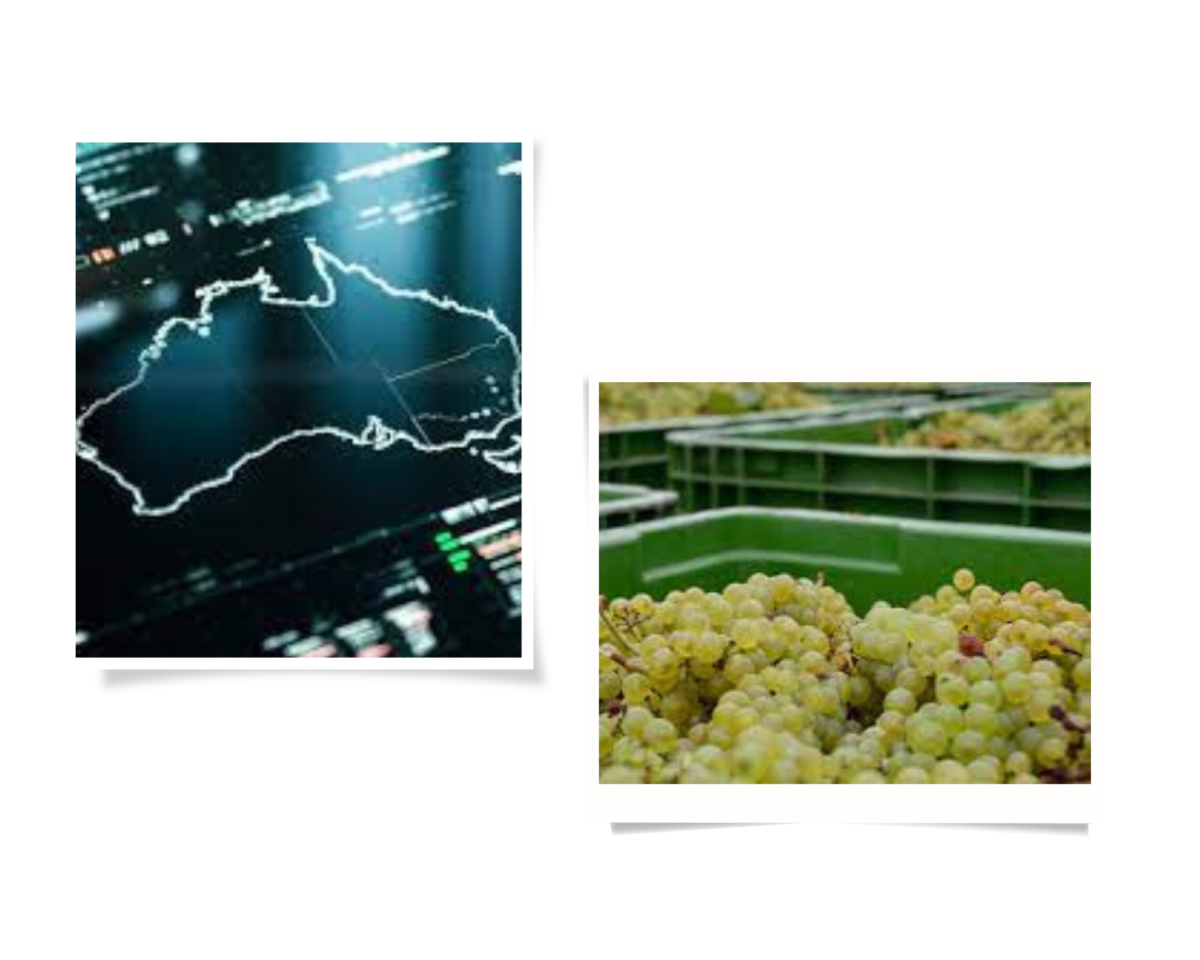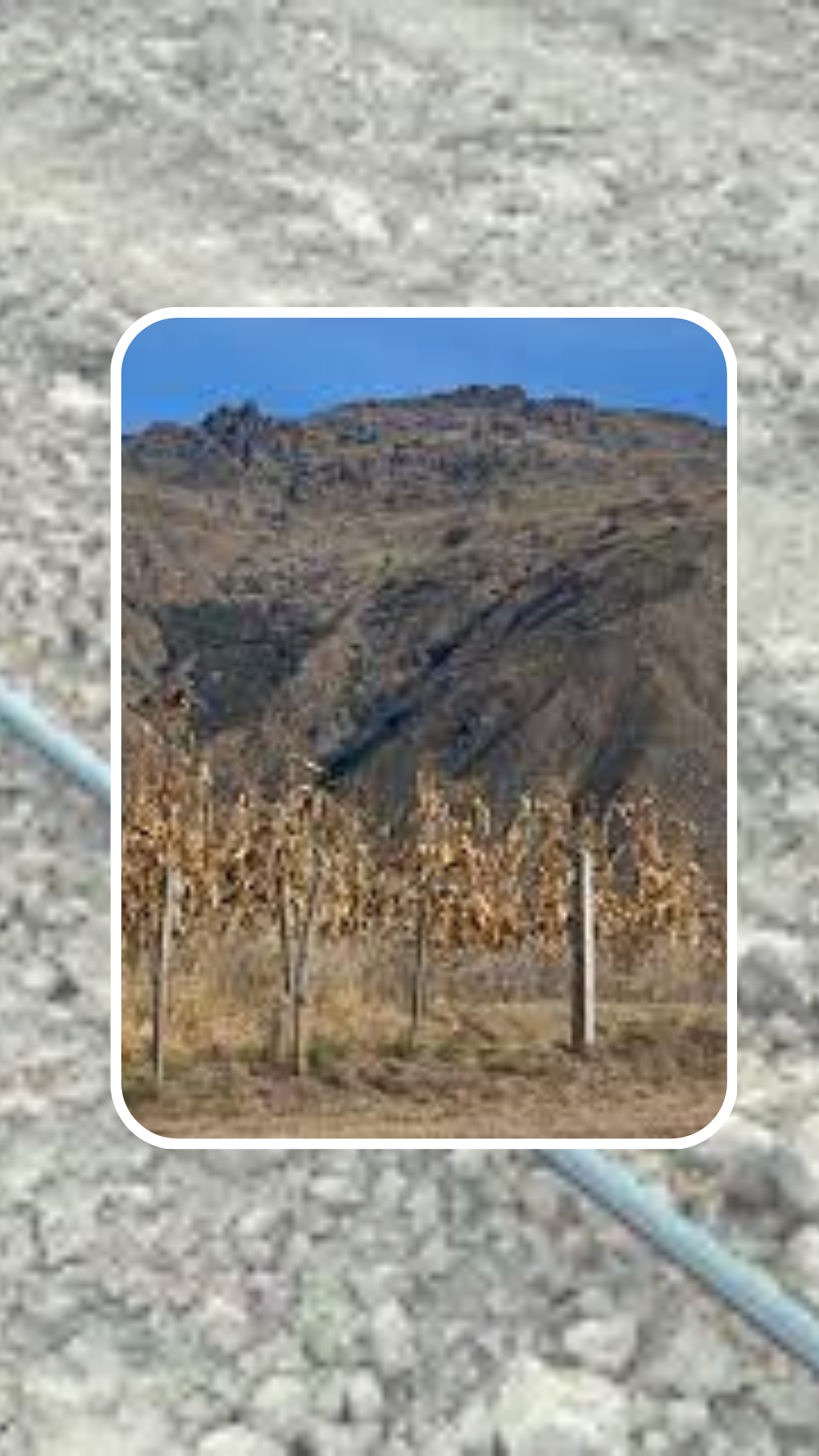The latest report from La Asociación Española de Ciudades del Vino (ACEVIN) reveals that Marco de Jerez is the Spanish wine destination that has received the highest number of visitors in 2022.
Wine tourism in Spain experienced a post-Covid-19 pandemic boost in 2022, with the number of tourists travelling around the ‘wine routes’ of Spain reaching 2,487,255, 51.59% higher than that of 2021 (1,640,800), though the 2022 result was still only 80% of the last pre-pandemic figure.
Last year’s tourist visits to wineries and wine museums are believed to have generated €75,481,646 for the economy, 39% above the 2021 level, but still 12% short of the 2019 level.
Around 80%, were domestic travellers, though overall proportion of international visitors has increased year-on-year, from 15.14% to 20.4%.
The five wine routes that received the highest number of visitors were as follows (in descending order):
- Marco de Jerez: 333,781
- Rioja Alta: 313,974
- Ribera del Duero: 281,918
- Penedès: 262,693
- Rioja Alavesa: 234,101
Given Andalusia’s warm weather, interesting history, and beautiful landscapes, combined with fortified Spanish wines, it makes sense that Sherry country would certainly appeal to travellers.
As far as the routes which attracted the highest percentage of international visitors, these include: Gran Canaria: 66.5%; Alicante: 41.5%; and Penedès: 38.5%.
The most popular time to travel to these regions was October, when many producers have finished their harvests, followed by August, when the beaches of the country’s Mediterranean coast are lined with overseas visitors.

